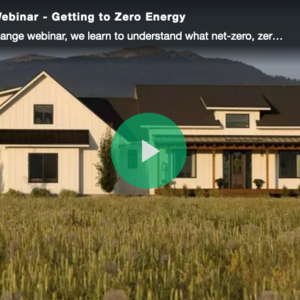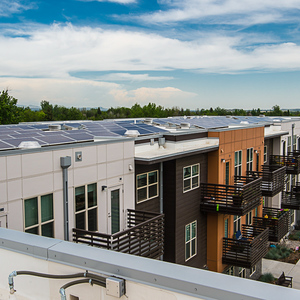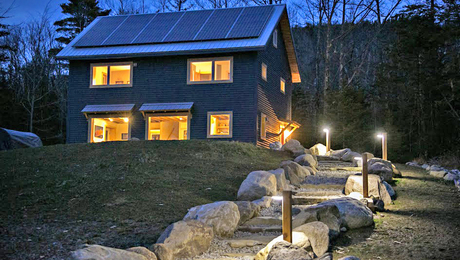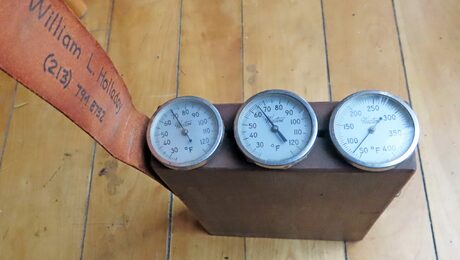
Net-zero housing is still a very minor player in overall construction starts, but the numbers are rising steadily, according to an annual survey now in its fourth year.
The total number of housing units grew by 59% in the U.S. and Canada last year, from just under 14,000 in 2017 to a total of 22,146 last year. The annual accounting is conducted by Team Zero (formerly the Net Zero Energy Coalition), which began collecting data on net-zero buildings in 2015.
The totals represent the numbers of units that are in design, in construction, or have been completed. When the number of housing units still in the planning stage are added, the total goes up by another 31,000.
One of the key findings is that most of the growth continues to be in projects of two or more housing units—not custom houses. In all, these projects made up more than 96% of all zero-energy housing units in 2018, about what it has been since the inventories were started.
“The unwavering prevalence of commercial [zero-energy] residential development is a clear signal that ZE is not a tiny niche for bespoke homes,” the report says. Multifamily projects now represent 71% of the total zero-energy housing stock.
From an energy efficiency standpoint, the numbers are encouraging because they suggest continued interest among developers and more zero-energy options for homebuyers and renters. But Team Zero is upfront about the limitations of its annual reports. In introductory notes to this year’s survey, the authors acknowledge that it uses an “expansive” definition of net-zero, and relies on the unverified reports of individuals to get its tally.
“Team Zero does not represent any of the information contained herein to be highly precise or definitive,” one explanatory note says. “It is, rather, indicative of the [zero energy] activity in the U.S. and Canada.”
That said, the authors believe the total zero-energy housing stock is much larger than the inventory reports, in part because not everyone engaged in zero-energy construction knows about the survey or Team Zero. “All of this is good,” the report adds. “It suggests strongly that ZE is catching on even faster than we know.”
Here are some of the other findings:
- California continues to be the net-zero leader with 6,828 units. New York, Ontario, and Arizona were next. The top five cities were London, Ontario (2001); New York City (1811); Vancouver, British Columbia (749); Davis, California (670); Honolulu, Hawaii (389).
- The top three builders and/or developers, by number of units, were Sifton Properties (2001), Mandalay Homes Inc. (1192), and Thrive Home Builders (579).
- More housing units are moving from the “zero-energy ready” category to “zero-energy.” In 2018, zero-energy ready housing represented about two-thirds of the total; 29% were counted as zero-energy. Net-positive houses (which produce more energy than they use) represent about 4.5% of the total.
-Scott Gibson is a contributing writer at Green Building Advisor and Fine Homebuilding magazine.
Weekly Newsletter
Get building science and energy efficiency advice, plus special offers, in your inbox.














2 Comments
> From an energy efficiency standpoint
IMO, no mention of net zero energy is complete without mentioning that it is increasingly irrelevant. You can build a net zero energy building that is very non green. Time of use matters. The movement should be replaced with "net zero carbon" or "low environmental impact". Before it does too much damage with things like XPS insulation, tankless water heaters and excessive cost inefficient roof-top solar (utility scale solar and wind are ~2X better).
First Zero Energy Ready home in Monroe Co., IL, and 10 counties around (They are in the 2006 code). I came here to teach the builder and homeowner about advance framing, sealing, installing outsulation, rainscreens, etc., instead, they've put me to work. I guess I need to double my rate!
Log in or create an account to post a comment.
Sign up Log in